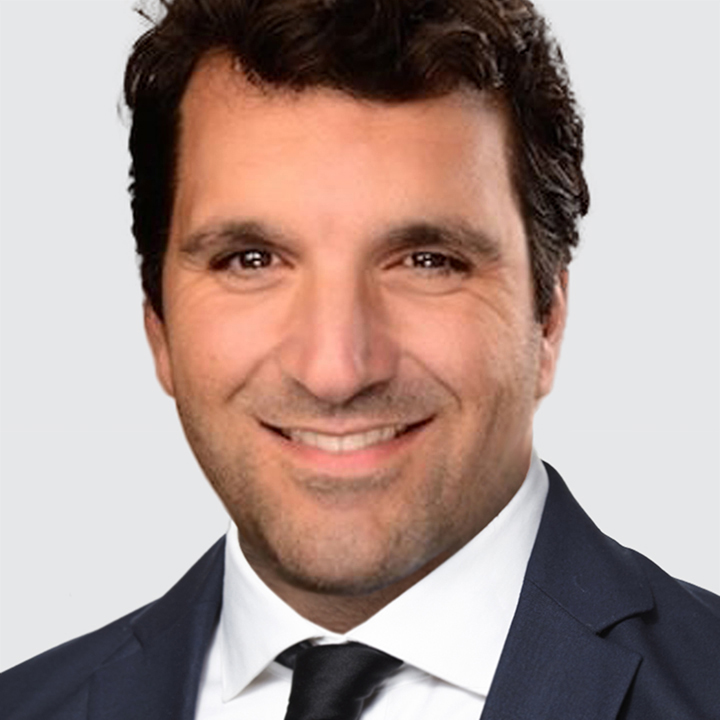Holding the Line
US
USD edged a little higher near the top end of this month’s range. Global equity markets are treading water and bond yields are trading heavy. A second day of trade talks between the US and China resume today. The two sides look to ease tensions over shipments of technology and rare earth elements. Yesterday, Treasury Secretary Scott Bessent said they had a “good meeting”, and Commerce Secretary Howard Lutnick called the discussions “fruitful.”
No matter how the trade discussion unfold, tariffs are expected to remain elevated. Yale’s non-partisan Budget Lab policy research center estimates the 2025 tariffs to date would bring the overall US average effective tariff rate to 15.1% (up 12.7% year-to-date), the highest since 1938. US protectionist trade policy and uncertainty about the ultimate level of tariffs are downside risks to growth and upside risk to inflation. Bottom line: the fundamental USD downtrend is intact.
In the meantime, the US economy is holding up well and inflation expectations are contained. The Atlanta Fed GDPNow model estimates Q2 growth at 3.8% SAAR as of June 9, unchanged from June 5. However, the primary driver to Q2 growth remains net exports (+2.01pts), which is not indicative of solid economic activity as it largely reflects a tariff-related plunge in imports.
The New York Fed survey of consumer inflation expectations decreased at all three horizons in May. 1-year-ahead inflation expectations declined by 0.4pts to 3.2%, three-year-ahead inflation expectations declined by 0.2 percentage point to 3.0%, and five-year-ahead inflation expectations declined by 0.1 percentage point to 2.6%.
The May NFIB small business optimism index (11:00am London) and a Treasury auction (6:00pm London) are today’s highlights. The US Treasury is set to sell $58 billion of 3-year government bonds that will test appetite for US debt amid growing concerns over the escalating fiscal burden.
UK
GBP is down against all major currencies. The UK April labor market data suggests the Bank of England (BOE) has room to dial-up easing. The unemployment rate matched consensus and is tracking the BOE’s Q2 projection at 4.6% vs. 4.5% in March. Wage growth slowed more than anticipated in April. Total regular pay fell 0.3pts 5.2% y/y (consensus: 5.3%) and the policy-relevant private sector regular pay dropped 0.4pts to 5.1% y/y (consensus: 5.3%, BOE Q2 forecast: 5.2%).
The number of employees on payroll dropped a larger-than-forecast -109k in May (consensus: -20k), the biggest decline in five years. However, the Office for National Statistics warns that early estimates are based on partial figures and subject to significant revisions.
The BOE is expected to pause easing at the next June 19 meeting. Looking ahead, the swaps market firmed up odds for 75bps of cuts over the next 12 months and the policy rate to bottom closer to 3.50%.
NORWAY
NOK is a little lower versus USD and EUR. Norway May CPI print was mixed. Headline inflation ran hot at 3.0% y/y (consensus & Norges Bank projection: 2.7%) vs. 2.5% in April while underlying inflation eased more than anticipated to a four-month low at 2.8% y/y (consensus: 2.9%, Norges Bank forecast: 3.1%) vs. 3.0% in April. Overall, the Norges Bank can afford to be patient before starting to cut rates as inflation is still above the 2% target.
At its May 8 policy meeting, the Norges Bank kept the policy rate steady at 4.50% and pointed out that “the Committee’s current assessment of the outlook implies that the policy rate will most likely be reduced in the course of 2025.” The swaps market is pricing in a full 25bps cut at the September 18 meeting.
JAPAN
USD/JPY edged up briefly above 145.00 before retracing part of its gains. Bank of Japan (BOJ) Governor Kazuo Ueda signaled there was no rush for the bank to resume tightening policy because underlying inflation remains below 2%. Ueda is referring to CPI (all items less food and energy) which has remained more or less flat, between 1.5% y/y and 1.6% y/y this year.
In contrast, CPI (all items less fresh food and energy) increased to 3% y/y in April and is tracking above the BOJ’s 2025 forecast of 2.3%. Regardless, the swaps market still implies only 50bps of BOJ rate hikes over the next two years and the policy rate to peak at 1.00%. The BOJ’s cautious normalization cycle is an ongoing headwind for JPY.
AUSTRALIA
AUD/USD is consolidating near recent highs above 0.6500. Australia’s business and consumer surveys point to less favorable job market conditions. In May, the NAB business confidence index rose 2 points to 2 while business conditions eased 2 points to 0, driven by a fall in employment.
In June, the Westpac-Melbourne Institute Consumer Sentiment Index rose 0.5 points to 92.6 but consumers are less confident about jobs. The Unemployment Expectations Index rose 5% to 127.4 in June, implying consumers expect unemployment to rise over the year ahead.
Bottom line: the bar for more RBA cuts is low, limiting AUD upside potential. RBA cash rate futures imply 82% odds of a 25bps cut to 3.60% at the July 8 meeting and a total of almost 100bps of easing over the next 12 months.

